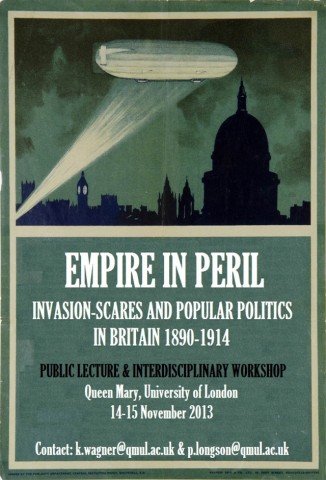Ritchie Calder. Carry on London. London: English Universities Press, 1941. Calder was a campaigning journalist during the Blitz, who exposed many of the official civil defence failures in the New Statesman. They feature here too, but overall he gives the government much credit for eventually getting its act together. Ends with a call for Britons never to lose the sense of purpose and unity gained through fighting the Blitz.
John Crawford and Ian McGibbon, eds. New Zealand's Great War: New Zealand, the Allies and the First World War. Titirangi: Exisle, 2007. Although this is the product of a conference, it manages to be a reasonably comprehensive guide to New Zealand's experience and memory of the First World War: Gallipoli, the Somme, home defence, religion, gender, the naval war, the air war (by the late Vincent Orange), and so on. A few ring-ins from overseas help supply context.
Negley Farson. Bomber's Moon. London: Victor Gollancz, 1941. Another contemporary account of the Blitz by a journalist (apparently, the thing to do when in New Zealand is to buy books about something that happened on almost the exact opposite side of the world). This one is by an American foreign correspondent and portrays the character of Londoners under fire. Almost worth it for Tom Purvis's sketches alone. Dedicated to 'The last Nazi'.
Victor Lefebure. The Riddle of the Rhine: Chemical Strategy in Peace and War. New York: Chemical Foundation, 1923. An influential treatise on the use of chemical weapons during the First World War and the difficulties involved in making sure it never happened again. Lefebure was a company commander in the Special Brigade and then British liaison to the French on chemical warfare. I do wish I'd noticed it was the American edition though, especially since the text is available for free online.
Bob Maysmor. Te Manu Tukutuku: The Maori Kite. Wellington: Steele Roberts, 2001. Second edition. I was completely unaware of the Maori tradition of kite-flying so I couldn't not buy this. The Polynesians brought them with them in their migrations and so by the early second millennium they were being flown here in New Zealand. They mainly seem to have been used for divination and for fun. Lots of illustrations.

